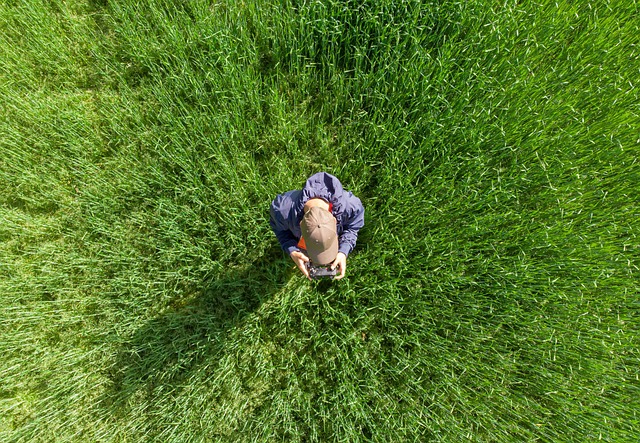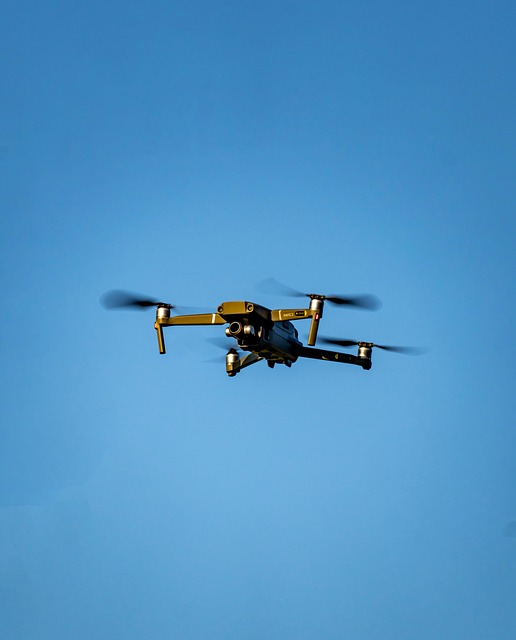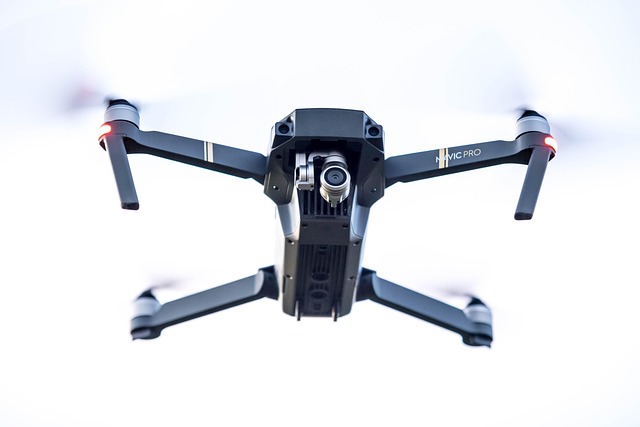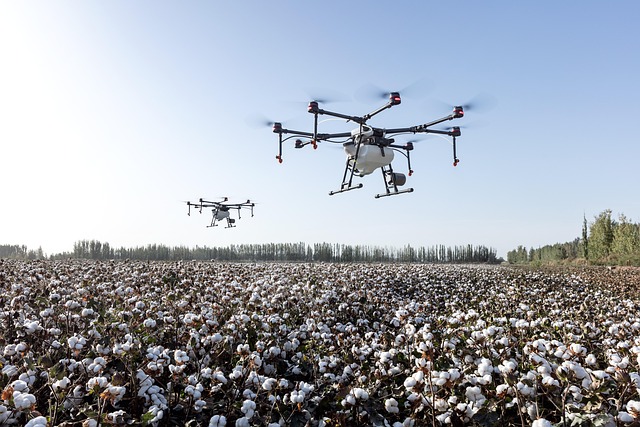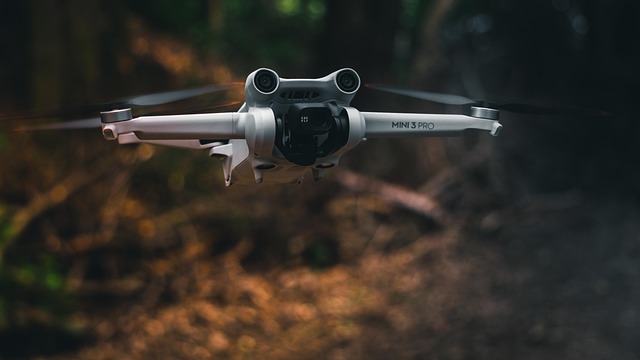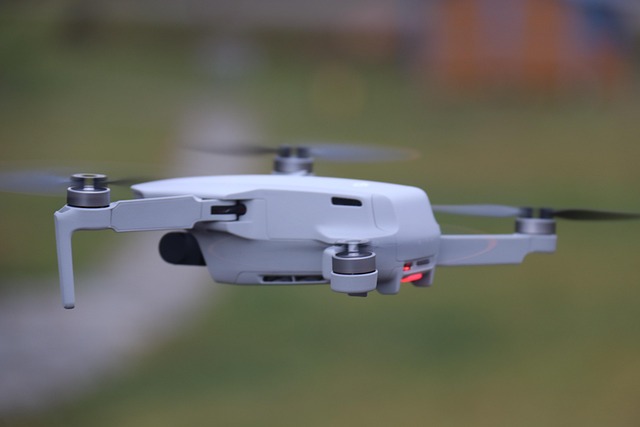Lithuania is set to teach schoolchildren how to fly drones as part of a wider initiative to strengthen civilian capabilities against Russian threats. The government aims to train more than 22,000 people, including 7,000 children, to build and operate drones, enhancing the country’s civil resistance programme. Three specialised drone centres will open by September, with six more planned by 2028.
++ Giant wasp spider spotted in UK as species spreads across the country
The programme is designed for all ages: children aged eight to ten will pilot simple first-person-view (FPV) drones, while older students will learn to design, programme, and operate more advanced unmanned aerial vehicles. Defence Minister Dovilė Šakalienė said that by 2028, 15,500 adults and 7,000 children will acquire drone skills through the initiative. FPV drones, widely used in the Ukraine conflict, have evolved from hobby gadgets into precision tools that have reshaped modern warfare.
Vice-Minister Tomas Godliauskas emphasised that the project also promotes technical literacy and potential aerospace careers. Extracurricular courses will allow students to volunteer, learn drone construction, and design 3D parts. He added that civic preparedness is central to Lithuania’s total defence programme, enabling citizens to understand their role in crises and contribute to state security.
++ Black panthers aren’t a species – here’s what they really are
Lithuania, with a population of 2.7 million, borders Belarus and Russia’s Kaliningrad exclave, making it acutely aware of regional risks. The country will invest €3.3 million (£2.8 million) in drones, training apps, and video-transmission systems. Foreign Minister Kestutis Budrys called on Nato to reinforce the eastern flank after two drones entered Lithuanian airspace in July, one carrying explosives. Alongside Estonia, Latvia, Finland, and Poland, Lithuania is exploring a “drone wall” along the Russian border to enhance regional security.
